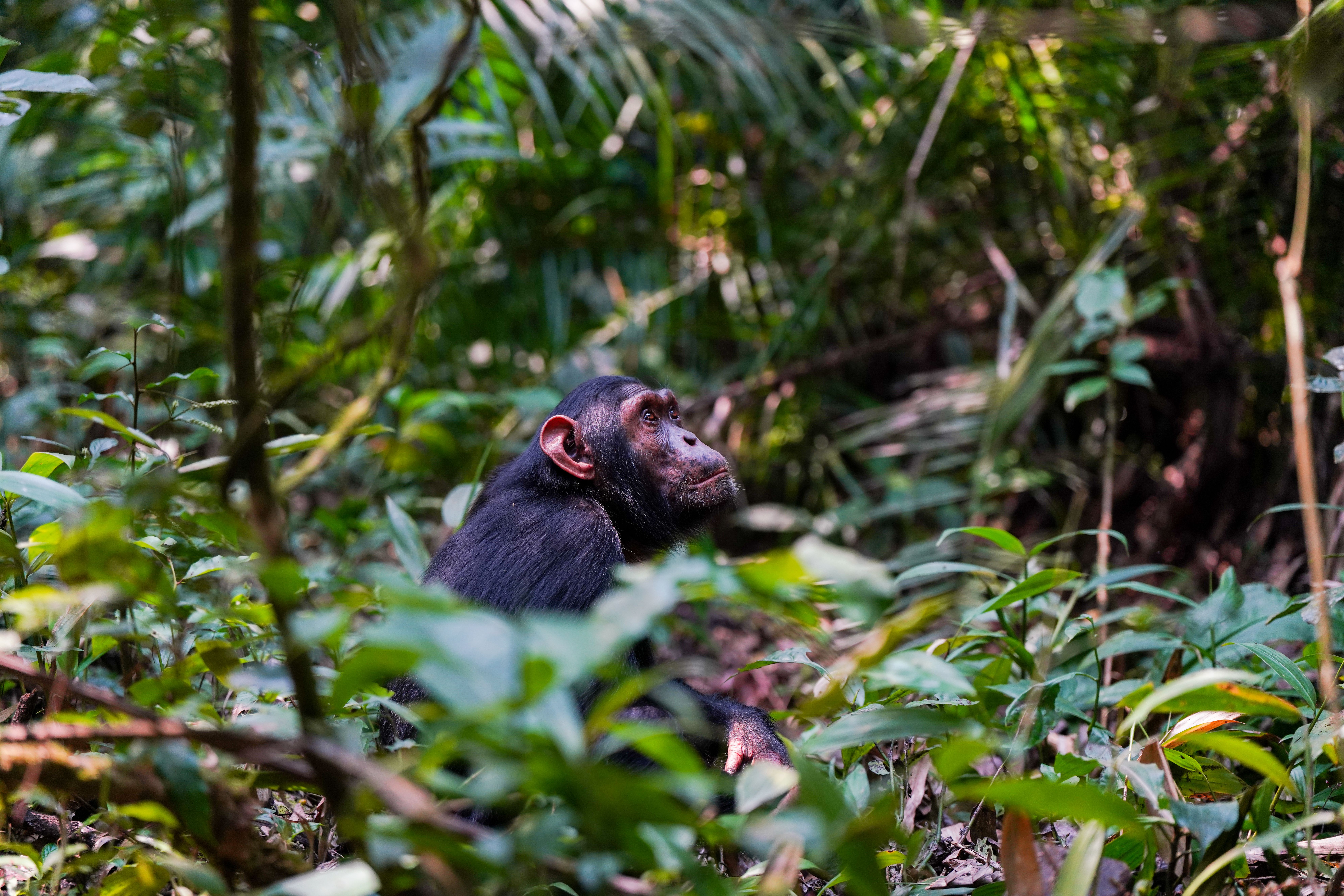Not long ago, the idea of luxury travel was tied to five-star hotels, private islands, and Michelin-starred dining. Today, high-value travelers are looking for something more—a journey that is exclusive, authentic, and deeply connected to a place’s culture and environment. They are willing to pay a premium for experiences that feel rare, meaningful, and responsible.
For lesser-known destinations, this shift presents a remarkable opportunity. Without the brand recognition of Paris, the Maldives, or Santorini, how do places with no prior luxury reputation position themselves as high-end travel spots? This is the story of three destinations—Bhutan, Puglia, and Rwanda—that redefined their tourism industry and now attract some of the world’s most discerning travelers.

The iconic Tiger’s Nest Monastery perched on a cliff in Bhutan
How Bhutan Made Luxury Out of Restriction
For years, Bhutan remained an enigma, a land shrouded in mystique, accessible only to a select few. With no mass tourism, no large resorts, and a deep commitment to preserving its culture, the kingdom had a choice: open its doors to the world or remain isolated. Instead of choosing between the two, Bhutan created an entirely new category of tourism—high-value, low-impact travel.
Rather than welcoming all travelers, Bhutan imposed a minimum daily fee of $250 per person, covering accommodation, a local guide, meals, and contributions to sustainability efforts. The fee wasn’t just about revenue—it was a way to carefully curate the type of visitors Bhutan would receive. This policy ensured that those who came were genuinely interested in meaningful, immersive experiences rather than budget sightseeing.
Luxury tour operators quickly took notice. High-end resorts like Aman, COMO, and Six Senses invested in Bhutan, offering travelers secluded retreats, spiritual wellness programs, and deep cultural immersion. The combination of exclusivity, authenticity, and conservation made Bhutan one of the most sought-after destinations for elite travelers.
Bhutan went from a country with virtually no tourism infrastructure to a globally recognized luxury destination. The model not only preserved Bhutan’s cultural and environmental integrity but also positioned it as the pinnacle of conscious luxury travel.

Ostuni In the enchanting region of Puglia
Puglia’s Slow-Burn Success
A decade ago, Puglia was the overlooked cousin of Tuscany and the Amalfi Coast. It lacked the glamor of Capri, the fame of Florence, and the postcard appeal of Positano. Yet, in just a few years, it transformed itself into a high-end retreat for discerning travelers who wanted something different.
Rather than trying to compete with Italy’s established luxury hotspots, Puglia leaned into its rural, unpolished charm. It converted historic masseria (traditional farmhouses) into boutique hotels, offering privacy, authentic Italian culture, and farm-to-table cuisine. The region became a symbol of understated luxury, attracting celebrities, designers, and high-net-worth travelers looking for something beyond the mainstream.
Key to this transformation was gastronomy and wine tourism. Puglia invested in exclusive vineyard experiences, private cooking classes, and truffle hunting adventures, making food a major pull factor for luxury travelers.
Puglia is now one of Italy’s fastest-growing high-end destinations. Its luxury villa rentals and boutique hotels command premium prices, and visitors return for the region’s authenticity, privacy, and exclusivity. Rather than becoming the “next Amalfi,” Puglia became something entirely unique—a rural luxury retreat that feels personal and untouched.

Nyungwe Forest’s chimpanzee tracking
Rwanda’s Bold Reinvention: From Conflict to a Conservation Powerhouse
In the aftermath of the 1994 genocide, Rwanda faced the challenge of rebuilding not just its economy but its global image. Few could have predicted that within two decades, the country would transform itself into one of the most exclusive wildlife tourism destinations in the world.
Rather than focusing on mass tourism, Rwanda made a strategic decision to develop a conservation-first model that would appeal to high-value travelers. The government worked closely with conservation groups to rehabilitate national parks, rebuild gorilla populations, and establish a strict permit system for visitors.
The most ambitious move came in 2017, when Rwanda increased the cost of a gorilla trekking permit from $750 to $1,500 per person—one of the highest in the world. Many questioned the decision, fearing it would deter visitors. Instead, it positioned Rwanda as an ultra-premium conservation experience, attracting a new wave of affluent travelers willing to pay a premium for exclusivity.
With the backing of this new strategy, Rwanda attracted high-end tourism investments from brands such as One&Only, Singita, and Wilderness Safaris, which opened luxury lodges catering to elite travelers. These properties offered not just accommodation, but fully curated itineraries that combined wildlife encounters with cultural immersion.
Instead of quick safari stops, visitors now extend their stays to explore Nyungwe Forest’s chimpanzee tracking, Akagera National Park’s Big Five safaris, and luxury lake retreats at Lake Kivu. The strategy ensured that revenue from high-value tourism flowed directly into conservation efforts and community development, creating a sustainable model of growth.
Today, Rwanda’s model is recognized as one of the most effective eco-luxury tourism initiatives in the world. The gorilla population has grown significantly, tourism revenue directly benefits local communities, and Rwanda is seen as a leader in responsible travel. Instead of being defined by its past, Rwanda has rewritten its story—one where wildlife, luxury, and sustainability coexist—creating a world-class luxury tourism industry rooted in conservation and responsible travel.
What Other Destinations Can Learn From These Success Stories
Bhutan and Rwanda both understood a fundamental principle of luxury: scarcity increases value. By limiting access through pricing or regulation, they made their destinations aspirational, exclusive, and prestigious.
Puglia’s transformation shows that today’s high-value travelers are not looking for mass-market luxury—they want experiences that feel personal, raw, and deeply connected to a place. Luxury doesn’t always mean gold-plated—it can mean simple, but perfect.
High-net-worth travelers are more likely to invest in sustainable, ethical tourism. Rwanda’s conservation-led model and Bhutan’s responsible tourism approach prove that when done right, eco-luxury can be profitable, impactful, and desirable.
The question is no longer whether lesser-known destinations can attract high-value travelers—it’s which destination will be the next Bhutan, Puglia, or Rwanda.








